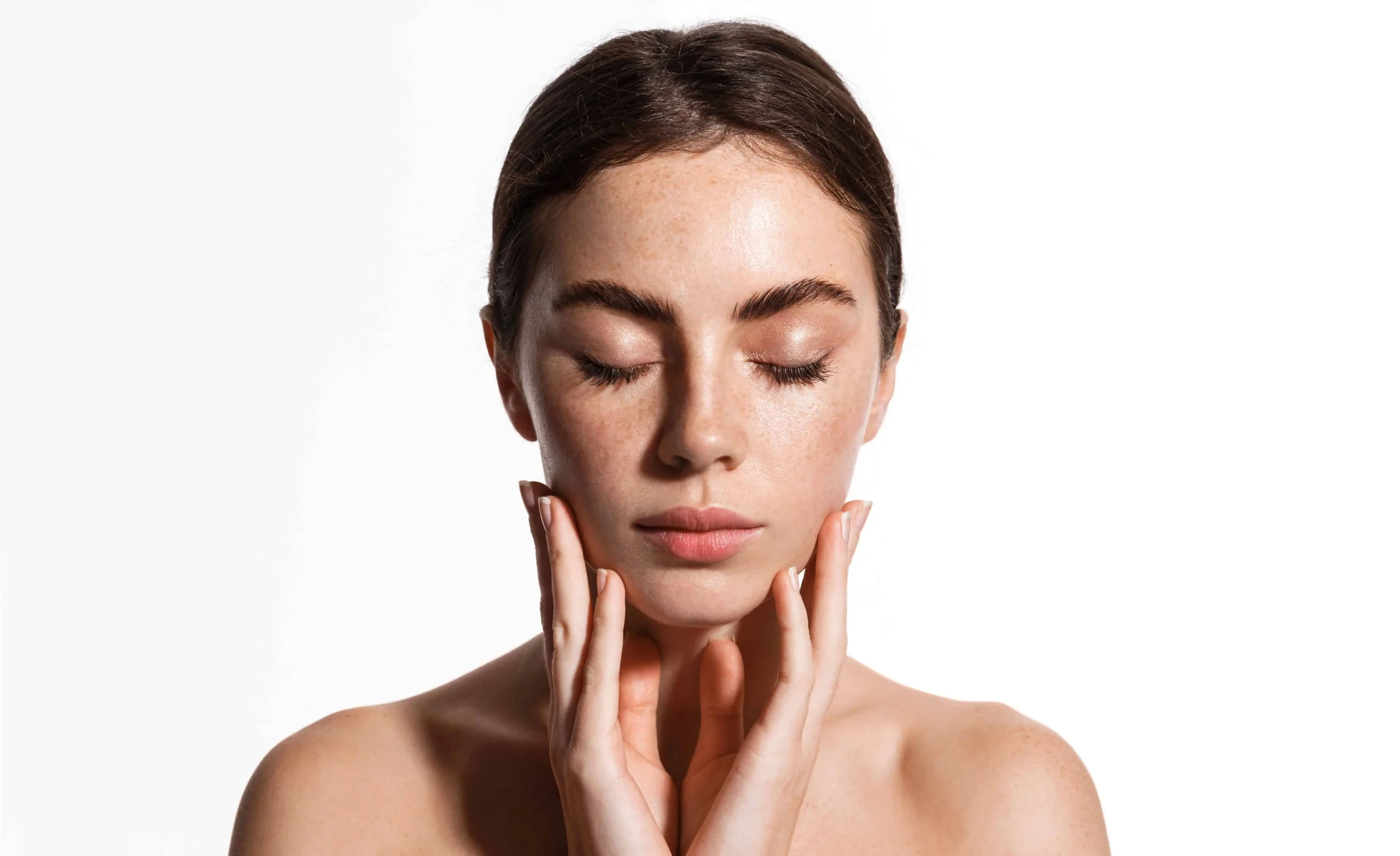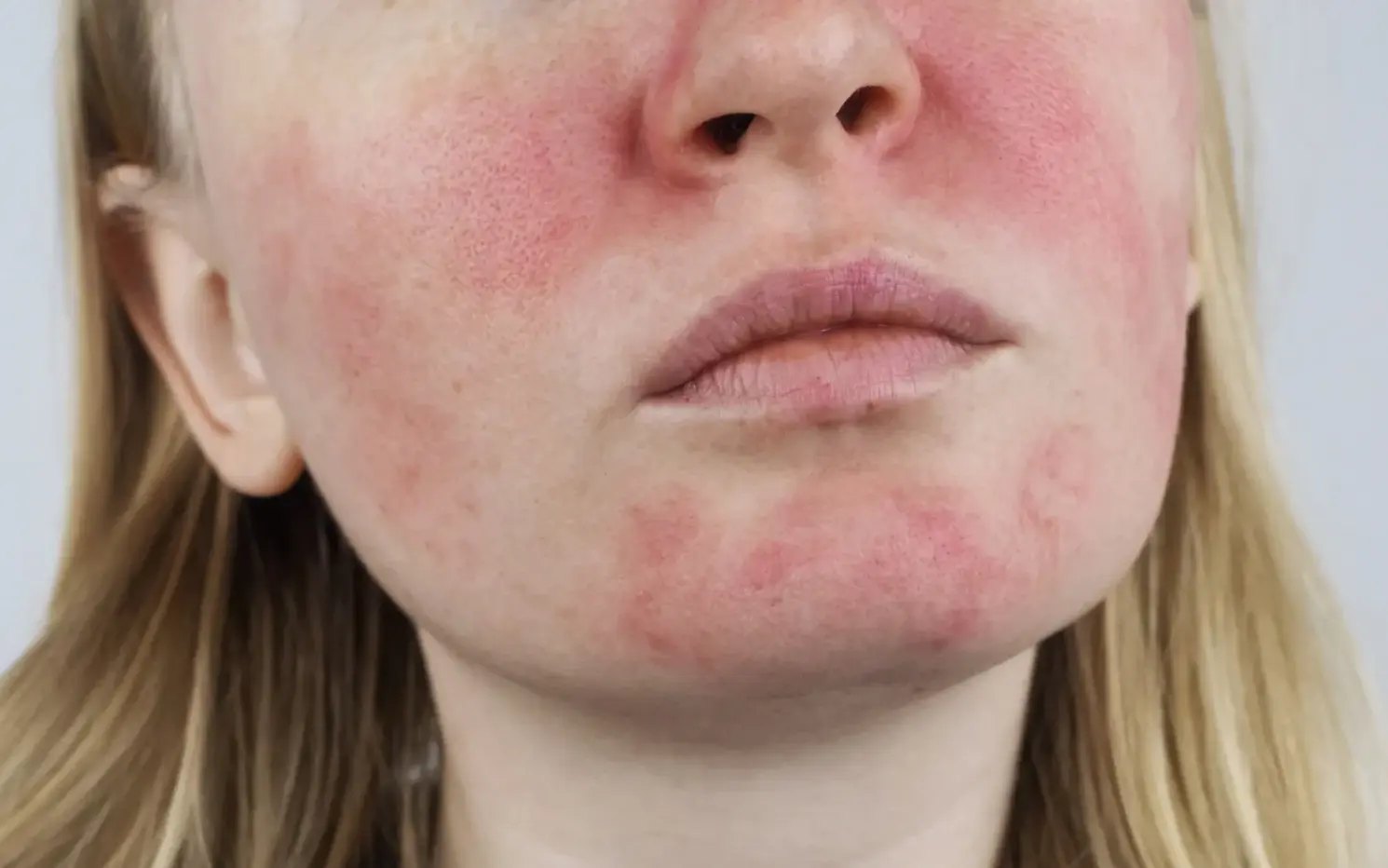Table of Contents
If you’ve ever noticed your skin feeling dry or irritated, especially in the winter months, a humidifier might be a game-changer for your skincare routine. Humidifiers add moisture to the air, which can help counteract the dryness caused by indoor heating and other factors. Here’s a look at how using a humidifier can impact your skin, along with some practical tips and potential drawbacks to keep in mind.
How Humidifiers Benefit Your Skin
- Combat Dryness: One of the main benefits of a humidifier is its ability to alleviate dry skin. In winter, indoor air can become extremely dry due to heating systems. This lack of moisture can strip your skin of its natural oils, leading to dryness, flakiness, and irritation. A humidifier adds moisture back into the air, helping to keep your skin hydrated and comfortable.
- Improve Skin Elasticity: Consistent moisture in the air can help maintain your skin’s elasticity. When your skin is properly hydrated, it remains supple and more resilient, which can help reduce the appearance of fine lines and wrinkles over time.
- Soothe Irritation: Dry air can exacerbate skin conditions like eczema and psoriasis, making them worse. Adding moisture to the air with a humidifier can help soothe irritated skin and prevent flare-ups, providing some relief for those with chronic skin issues.
- Enhance Overall Comfort: Humidifiers can also help improve overall comfort. Dry air can lead to itchy skin and exacerbate respiratory issues. By maintaining a comfortable level of humidity, you can enhance your overall well-being and skin health.
Tips for Using a Humidifier Effectively
- Choose the Right Humidifier: There are different types of humidifiers, including cool mist, warm mist, and ultrasonic models. Opt for the choice that meets your needs and is appropriate for your room size. Cool mist humidifiers are generally great for adding moisture without increasing the temperature, while warm mist models can also help warm the room.
- Keep It Clean: Regular cleaning is essential to prevent mold and bacteria buildup in your humidifier. Follow the manufacturer’s instructions for cleaning and maintenance to ensure your humidifier is safe and effective.
- Monitor Humidity Levels: Ensure indoor humidity stays between 30% and 50%. Too much humidity can also cause problems, such as mold growth and dust mites. Use a hygrometer to oversee humidity levels and tweak your humidifier as needed.
- Position It Properly: Place your humidifier in a central location, away from walls and furniture, to ensure even distribution of moisture. Avoid placing it directly next to your bed or furniture to prevent water damage.
- Use Distilled Water: If possible, use distilled or purified water in your humidifier. Tap water can contain minerals that may create white dust or contribute to bacterial growth in the device.
Potential Drawbacks and Considerations
- Over-Hydration: Excessive humidity can lead to over-hydration of your skin and other issues. If the air is too humid, it can create a breeding ground for mold, dust mites, and other allergens, which might lead to respiratory problems or worsen allergies.
- Maintenance Requirements: Humidifiers require regular cleaning to prevent the growth of mold and bacteria. Neglecting maintenance can lead to the release of these contaminants into the air, which can have adverse effects on your health.
- Risk of Moisture Damage: Improperly managed humidity levels can cause damage to your home, including peeling paint, warped wood, or mold growth. It’s important to use your humidifier correctly and monitor the humidity levels to avoid these issues.
- Not a Cure-All: While humidifiers can help with dry skin, they are not a substitute for a good skincare routine. Continue to use moisturizers and other skincare products that suit your skin type to maintain optimal skin health.
In Conclusion
Humidifiers can be a fantastic addition to your skincare routine, especially during dry winter months or in arid climates. By adding moisture to the air, they can help keep your skin hydrated, improve elasticity, and soothe irritation. However, it’s important to use your humidifier correctly, maintain it properly, and monitor indoor humidity levels to avoid potential drawbacks. With the right approach, a humidifier can enhance your skin’s comfort and overall health.





